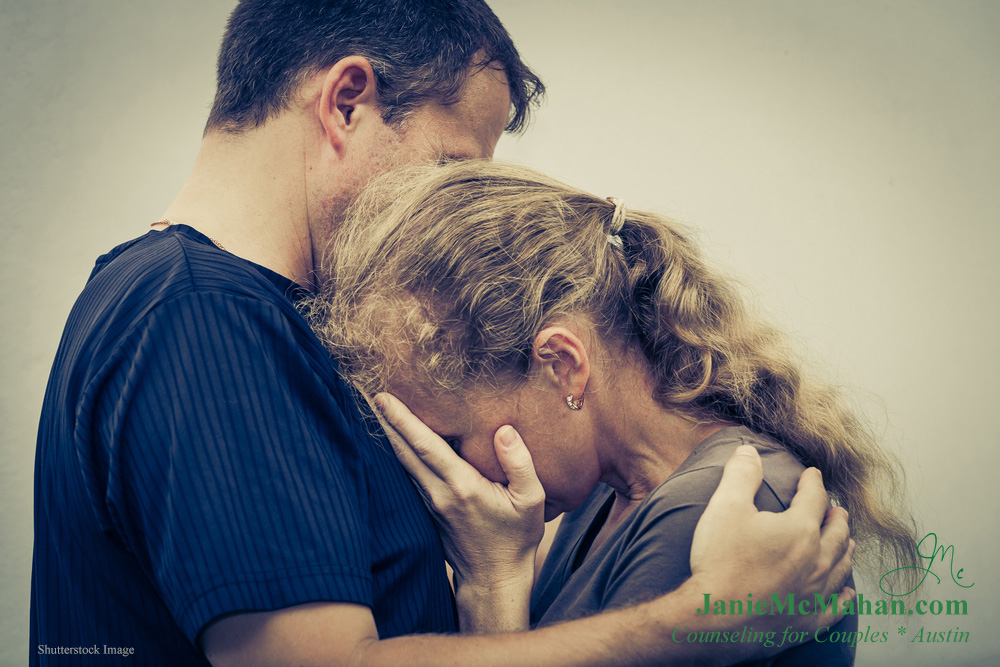Depersonalization: A Common Self-Protection Method
/What is depersonalization and what does it have to do with trauma?
When someone experiences a traumatic situation or a series of repetitive traumas, areas of the nervous system goes into stress response. This is a survival strategy activated by the oldest and most primitive parts of our brain. The typical result is the fight or flight response, but if neither of these are possible, the person can go into the freeze response, the method of last resort. In animals, this freeze response looks like “pretending to be dead.” In humans, the freeze response can take an instinctive form of self-protection called acute depersonalization, an aspect of dissociation (i.e. disconnection from the self and/or from the situation).
Depersonalization is the disconnection from the self, a sense of not being at home in your own body, disconnected from your emotions, and disconnected from your physical sensations. Trauma survivors report that they were able to “detach” from physical pain during abuse, accidents or illness, or even torture; from fear during natural disasters, war, and abuse; and from shame and humiliation during episodes of bullying as well as psychological and sexual abuse.
Sometimes they describe depersonalization as “this is not happening to me” or as an involuntary out-of-body experience.
How does depersonalization protect during trauma?
Traumatic experiences can be so overwhelming that the cohesion of the self is threatened. Physical pain can be intolerable, and psychological attacks can undermine the normal sense of self. Repetitive trauma can trigger depersonalization, after several episodes, at a relatively low level – a negative “learning experience” for the brain.
This is particularly true for traumatic situations that offer no other way out, such as being imprisoned, physically incapacitated, trapped in a war zone, or facing an attack that you cannot fight off. It is also, sadly, true for the trauma of childhood abuse.
Temporarily disconnecting from your identity, the sense of who you are, can protect the cohesion of your self, a self that you are either still constructing when you are a child or that you have spent many years building up as an adult, by allowing you not to feel the attacks to the same extent. If you can temporarily escape into a sense of “that is not happening to me” or even “that is not me,” you can protect your inner core.
Many trauma survivors describe exactly that.
Some make a conscious decision to leave their body behind, but many report that they “escaped” by disconnecting from their sense of being themselves without realizing that this was what they were doing – the freeze response kicking in.
A survival strategy that can come at a high cost.
While depersonalization can help a person survive the current traumatic situation, it can also come at a high cost. Depersonalization disorder, a diagnosable mental health condition, can result from episodes of temporary (or acute) depersonalization during trauma, and lead to many years, or even a lifetime, of disconnection from a sense of self. It can also affect memory and the person’s general state of awareness.
The survival strategy is no longer offering protection. It has become an inappropriate response that now impacts daily functioning and optimal survival.
Because it is often invisible to others, and because the sufferer often doesn’t know how to identify the disorder, depersonalization disorder is often left untreated. However, a mental health professional will be able to make a diagnosis with the help of clinical tests and exploring your history. Treatment often involves addressing the original trauma that caused the first episodes of depersonalization.
Depersonalization and PTSD (Post Traumatic Stress Disorder)
Depersonalization can be difficult, but not impossible, to treat, particularly in cases of extreme or early trauma. However, PTSD treatments have evolved considerably over the last decade and some treatments, such as EMDR Therapy, can help in healing from the impact of traumatic events. It is also possible to live and function with a mild form of depersonalization and to manage the symptoms with the help of a mental health professional who is trained in treating trauma and dissociative disorders. There are forums, advice columns, and books available that can help to better understand what you are going through, but the best option is to find a qualified counselor who has specific training in treating trauma and dissociative disorders.
-----
Janie McMahan is a therapist in Austin, Texas. She is trained in EMDR Therapy and has received additional clinical training in treating complex trauma, PTSD, and dissociative disorders. If you have experienced difficult life events that are preventing you from living a life of happiness and fulfillment, call Janie today at 512-739-2494 for more information and scheduling.




















